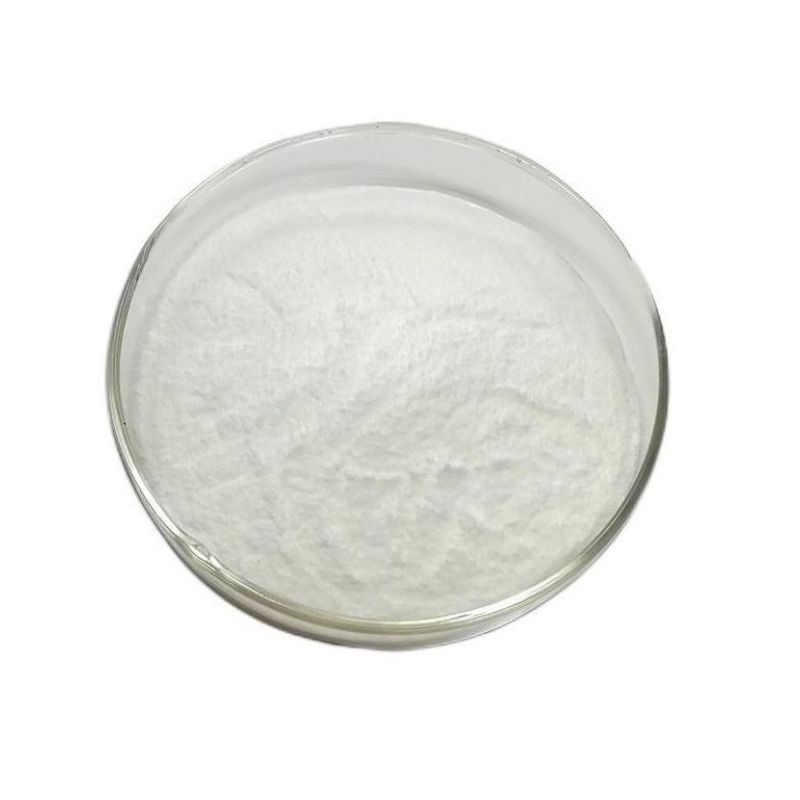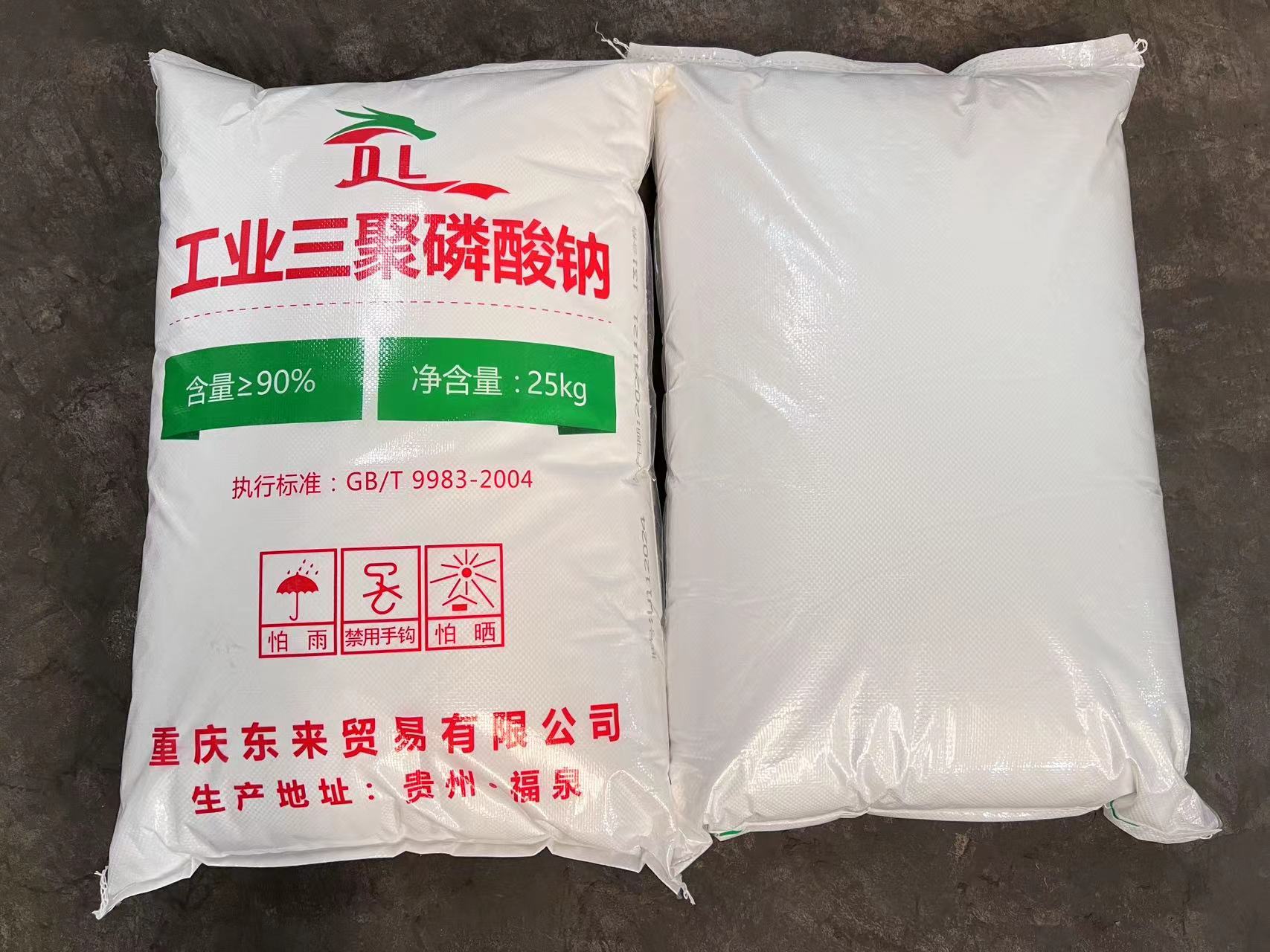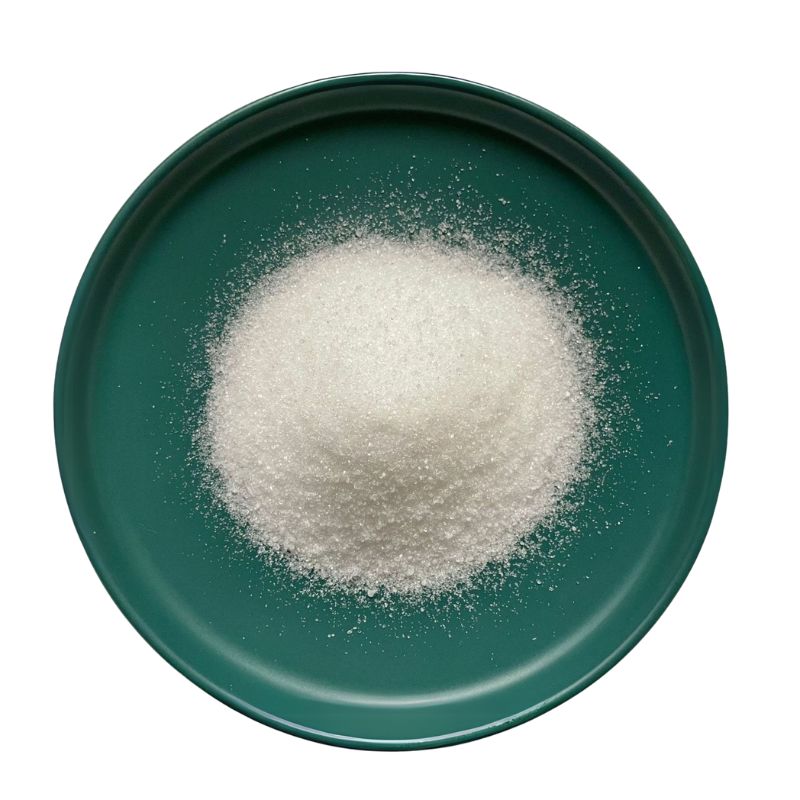
Sodium Tripolyphosphate for Agriculture
Agricultural grade sodium tripolyphosphate: an invisible assistant for scientific planting
In the almond plantation in the Central Valley of California, John Hudson Farm improved the irrigation system and incorporated STPP into the water and fertilizer management plan. The blockage rate of drippers caused by hard water dropped from 37% to 6% per month, and the utilization rate of phosphate fertilizer increased by 28% (2023 USDA Agricultural Technology Briefing Data). This white crystalline powder is quietly becoming a key component for improving the quality and efficiency of modern agriculture worldwide.
Redefining the dialogue between soil and fertilizer
As a polymerized form of pentasodium phosphate, agricultural-grade STPP (Na₅P₃O₁₇) plays a triple role in the soil-crop system through its unique ring-shaped molecular structure:
Metal ion regulator: chelates cations such as calcium, magnesium, and iron to reduce phosphate fixation (especially in calcareous soils with pH>7)
Nutrient transport coordinator: forms soluble complexes with fertilizers such as urea and potassium sulfate to delay the nutrient release cycle
Soil physical improver: improves the aggregate structure of clay soils through sodium ion replacement, making them breathable. The efficiency can be improved by 40%
Precisely solve the four major agricultural pain points
Scenario 1: Maintenance of a drip irrigation system in arid areas
Problem: The carbonate hardness of the water source of the Negev Desert Farm in Israel reaches 320ppm, which causes the drip irrigation pipe to be acid-washed twice a month
Solution: Add 0.5-1.2kg/ton of STPP to water, combined with an automatic injection system, to extend the cleaning cycle to 6 months
Scenario 2: Phosphorus fertilizer efficiency in tropical rice fields
Problem: The fixation rate of available phosphorus in the red soil of the Mekong Delta in Vietnam exceeds 65%
Solution: Add 3% N-P₂O₅-K₂O to the base fertilizer STPP, increasing the effective phosphorus concentration during the tillering period by 22%
| Functional Dimension | Traditional Phosphate Fertilizer | STPP Improvement Solution | Improvement |
|---|---|---|---|
| Phosphorus Utilization Rate | 18% – 25% | 35% – 42% | **+83%** |
| Soil EC Value Control | 2.8 – 3.5 | 1.9 – 2.4 | **-31%** |
| Fertilizer Residue Rate | 40% | 12% | **-70%** |
Quality commitment from laboratory to field
Our STPP production system has passed BSI PAS 2050 Carbon footprint certification, using a three-stage countercurrent washing process to control the chloride content <0.015% to ensure compatibility with sensitive crops:
Particle size control: Real-time monitoring by laser particle size analyzer, providing 0.3-1.5mm gradient options
Impurity control: Atomic absorption spectroscopy to detect heavy metals, lead content ≤2ppm (50% better than FAO standard)
Stability verification: Accelerated storage test proves that double-layer PE liner packaging can maintain a shelf life of 18 months
Practical wisdom of global farms
Case of Brazilian soybean cooperative:
The compounding of STPP and biochar in a ratio of 1:4 increased the phosphorus activation efficiency of acidic soil (pH 4.9) from 29% to 57%, reducing the use of superphosphate by 127kg per hectare. It also won the Paraná high-yield competition championship for three consecutive years.
Tomato experiment in a greenhouse in the Netherlands:
Adding 0.3% STPP to the Rockwool soilless cultivation system, root exudate analysis showed:
Iron carrier production increased by 19%
Citrate secretion peak advanced 48 hours.
Fruit vitamin C content reached 32mg/100g (27% higher than the control group)
Technical ethics of sustainable agriculture
The phosphorus cycle index model developed in cooperation with Wageningen University shows that every ton of STPP used can reduce the generation of 16.7 tons of phosphogypsum waste. Through:
Participating in the 4R nutrient management program of IPNI (International Plant Nutrition Institute)
Developing degradable slow-release STPP-cellulose composite particles
Providing a field phosphorus balance calculation toolkit
Committed to achieving closed-loop utilization of agricultural phosphorus by 2040.
Why 127 farms around the world choose us
Precise adaptation: Free interpretation of soil test reports
Emergency response: Strategic reserve warehouses are set up in the Pampas of Argentina to ensure emergency supply during the dry season
Technical escort: The agronomist team includes 3 IFA-certified fertilizer experts and supports multi-language remote guidance
What might change in your next decision?
When corn growers in Iowa switched to the STPP-enhanced solution:
→ 18% water savings per acre
→ 2.3 fewer mechanical tillages
→ Kernel breakage rate dropped from 5.1% to 1.8%
→ Eligible for USDA Environmental Quality Incentive Program (EQIP) subsidies
What is the difference between agricultural-grade STPP and traditional phosphate fertilizers?
Traditional phosphate fertilizers (such as superphosphate) mainly release phosphate for crop absorption directly, but the soil fixation rate is as high as 60-70% (especially in alkaline soil). Agricultural-grade STPP is a multifunctional synergist. Chelation lock: preferentially bind Ca²⁺, Fe³⁺ and other ions in the soil to reduce the fixation of phosphorus Slow-release regulation: form soluble phosphorus-metal-STPP complex, extending the fertilizer effect to 12-15 weeks Physical improvement: sodium ion replacement improves soil aggregate structure (experimental data: porosity increased by 28%) Achieve an increase in phosphorus utilization from an average of 22% to 35-42% (based on the 2023 IPNI Global Field Trial Report).
Will STPP change the soil pH? Is it applicable to saline-alkali land?
Agricultural-grade STPP is a pH-neutral preparation (1% solution pH 6.8-7.2), and its sodium ion release is only 1/15 of sodium chlorides. In the saline-alkali land test in Huanghuaihai, China: Using 0.8kg/mu in combination with humic acid can reduce the EC value of the surface soil by 29% By promoting calcium ion leaching, the sodium adsorption ratio (SAR value) is reduced to the safe threshold (<13) The cotton emergence rate increased from 47% to 82% (data from Shihezi, Xinjiang, in 2022) However, it is still recommended to test the soil conductivity before application, and severely salinized plots need to be improved with organic matter.
How to determine the amount of STPP to be added? Is there a risk of excessive use?
It is recommended to adopt a step-by-step dynamic ratio: Application Scenario Basic Addition Ratio Adjustment Basis Compound Fertilizer Granulation 2% – 3% Fe/Al oxide content in phosphate rock Drip Irrigation System 0.5 – 1.2 kg/ton water Water hardness (CaCO₃ ppm needs to be tested) Foliar Fertilizer Compounding 0.3% – 0.8% Target crop epidermal wax layer thickness Excessive use (>5%) may lead to: Sodium ion accumulation triggers the marginal effect Flocculation with calcium-containing pesticides (such as Bordeaux mixture)
Does STPP meet the organic agriculture certification standards?
Meet different needs through a dual-track certification system: OMRI Listed®: Low-sodium STPP (Na⁺<2.3%) produced by a unique process, which has been certified organically by the United States and the European Union ECOCERT: A slow-release granule compounded with biostimulants (such as seaweed extracts), suitable for farmland during the conversion period Note: Single STPP is still a “restricted synthetic substance” in the IFOAM standard, and it is recommended to be used in conjunction with vermicompost, green manure, etc.
Is STPP controversial in terms of environmental protection?
We respond to environmental concerns through entire life cycle management: Production side: Adopt closed-loop water treatment system; phosphorus recovery rate reaches 99.2% (BSI PAS 2050 certification) Usage side: Launch STPP-biochar composite particles to reduce phosphorus loss by 74% (Wageningen University test) Recycling side: Cooperate with Terracottem in the Netherlands to develop “phosphorus capture” rhizosphere filter technology According to the UNEP 2022 report, the scientific use of STPP can reduce the phosphorus non-point source pollution load per hectare by 18-23%.
Can it be applied simultaneously as a biological fertilizer?
The types of bacteria need to be distinguished: Symbiotic bacteria (such as rhizobia): STPP chelates Ca²⁺ to promote mycelial infection, and soybean field tests show that the number of nodules increased by 36% Phosphorus-solubilizing bacteria (such as Bacillus megaterium): STPP provides a stable phosphorus source, and the bacterial community activity is maintained for 2.8 times longer Nitrifying bacteria (such as Nitrosomonas): It is recommended to apply at intervals of 7 days to avoid high concentrations of PO₄³⁻ inhibiting enzyme activity Provide a quick checklist of bacterial fertilizer compatibility, covering the compatibility recommendations of 15 common types of bacterial agents.
How to store STPP in the tropical rainy season?
Adopt a three-level moisture-proof solution: Original packaging: double-layer PE lining + aluminum film barrier layer (moisture permeability <0.5g/m²·day) Warehouse management: It is recommended that the humidity is ≤65% and wooden pallets are placed 30cm above the ground Emergency measures: If it is damp and agglomerated, it can be sieved through 40 mesh and continued to be used, and the loss of effective ingredients is <3% Southeast Asian customers can choose customized packaging with nano-silica desiccant (extra $0.8/ton).
Why Choose Us
At GOWAY INTERNATIONAL MATERIAL CO., LTD, we stand out in the sodium tripolyphosphate (STPP) industry with over 20 years of expertise, a reputation built on reliability, and a dedication to delivering industrial-grade products that meet the highest standards. Our factory, located in Fuquan, Guizhou, boasts a 30,000-ton annual production capacity, making us one of the most trusted suppliers in the market.
Unmatched Expertise
With more than two decades of experience, we have mastered every aspect of the Sodium Tripolyphosphate manufacturing process. Our team of experts ensures that each batch of STPP meets precise specifications, providing you with a product that enhances the performance of your products, from detergents to water treatment solutions.
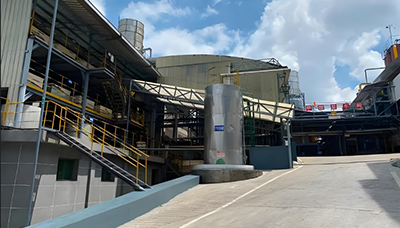
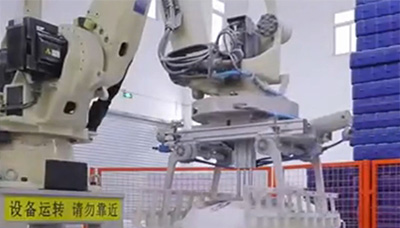
Innovative Technology
We pride ourselves on being the first fully automatic manufacturer of STPP in Guizhou. This cutting-edge technology not only increases our production efficiency but also guarantees the consistent quality and purity of our products, making us an industry leader.
Direct-from-Factory Sales Model
By operating under a direct-from-factory sales model, we can offer highly competitive prices without compromising quality. This structure enables us to provide cost-effective solutions while building strong, lasting relationships with our customers.

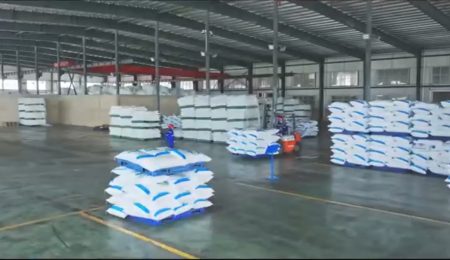
Commitment to Quality
As a National High-Tech Enterprise, we adhere to the strictest quality control measures to ensure that every batch of STPP is of the highest standard. Our products are essential in various industries, including detergents, water treatment, and chemical manufacturing, and our unwavering focus on quality makes us a trusted partner for businesses worldwide.
Frequently Asked Question
We offer a variety of shipping methods depending on your location and urgency. This includes sea freight, air freight, and land transport. For smaller orders, we may also offer express delivery services like DHL, FedEx, or UPS to ensure timely arrival.
The delivery time depends on the shipping method and your location. For sea freight, the usual delivery time ranges from 20 to 40 days, while air freight generally takes 5 to 7 days. Once we receive your order and confirm the shipping details, we will provide you with a more precise delivery estimate.
We have extensive experience in handling international shipments. We take care of all the necessary paperwork, including customs declarations and import/export documentation. We also offer assistance with customs clearance to ensure smooth and efficient delivery.
Yes, once your order is shipped, we will provide you with a tracking number and the relevant tracking details. You can monitor the progress of your shipment directly through the carrier’s website or by contacting our customer service team for assistance.
In the event of a delay, we will promptly inform you and work closely with the shipping provider to resolve the issue. We are committed to delivering your order on time and will do our best to ensure that any issues are handled quickly and efficiently.
Depending on the delivery location and shipping method, there may be additional fees such as customs duties, taxes, or handling fees. These fees are generally the responsibility of the buyer, but we will inform you of any such costs before shipping.

